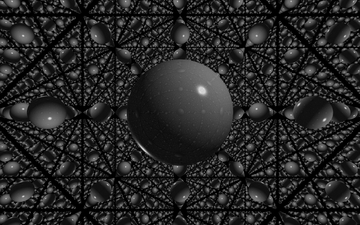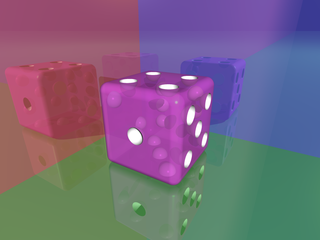
Revision 25 - I can write .bmp files but I'm not doing
anything with scene data yet.
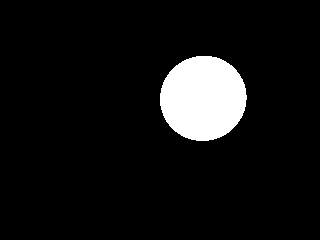
Revision 43 - FART can intersect a ray with a sphere
but doesn't have lighting/shading/material colors yet...
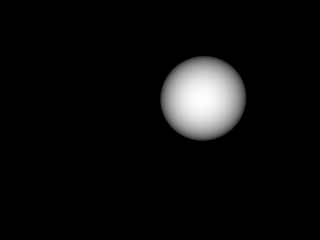
Revision 45 - cheap lighting based on implicit light source
at the viewpoint
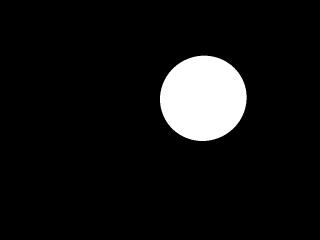
Revision 46 - multisampling is working (back to a flatly-shaded
sphere to show the anti-aliasing effect on the edges)
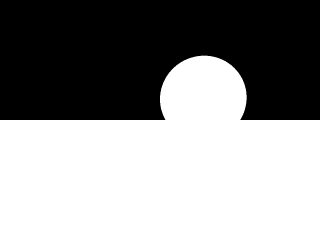
Revision 62 - added a Plane shape type, I really need to
get some better lighting working
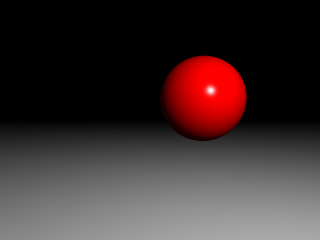
Revision 76 - Phong shading model working with
ambient, diffuse, and specular light components
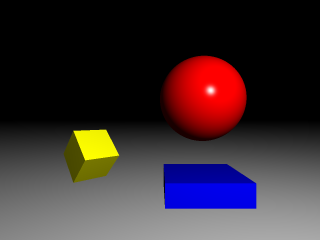
Revision 121 - Added a Box object. No, it didn't take 45 revisions
just for that. I've been working on the parser for the scene input
files a lot as well.
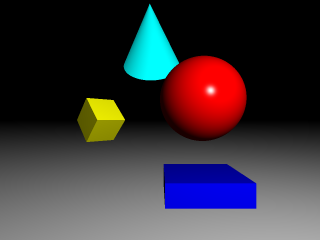
Revision 134 - Added a Cyl object.
Cyl objects can be cones or cylinders - they have a bottom
radius, a top radius, and a height.
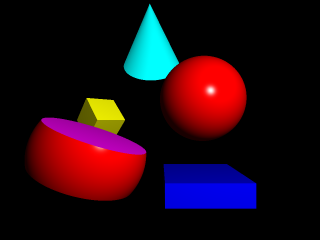
Revision 155 - Boolean intersections working.
I had to rework the way I was returning intersections to also
return a reference to the actual shape that was intersected with
so that Intersect shapes would really return the child shape that
produced the point.
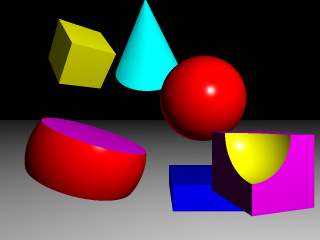
Revision 162 - a few bug fixes, and added Union and Subtract
shape types.
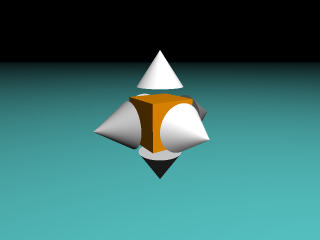
Revision 176 - More bug fixes, and reading the scene description
from a file is finally working!
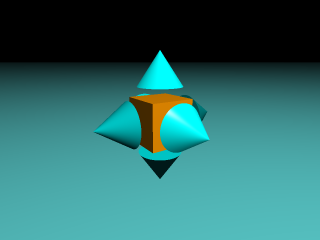
Revision 180 - Material definitions working
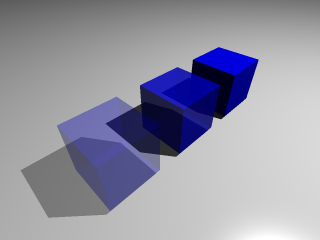
Revision 187 - Recursion working for transparent objects.
Rays sent from surface point to each light source now intersect
with other objects to produce shadows depending on the transparency
of the objects between the surface point and the light source.
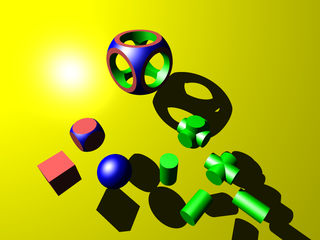
Revision 196 - Added scenes/csg.fart as an example of doing
CSG.
Also fixed a bug in the loading of boolean objects.
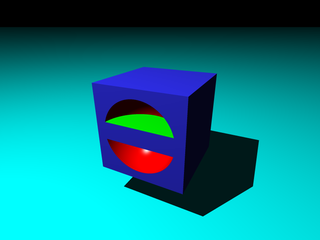
Revision 202 - Changed intersection method to also return surface
normals (instead of accessing them through a separate function,
getNormalAt()).
This allowed Subtract objects to invert the normals obtained by
the sub-object being subtracted out.
This, in turn, allowed subtractions of subtractions to re-invert
them, and so on and so forth...
